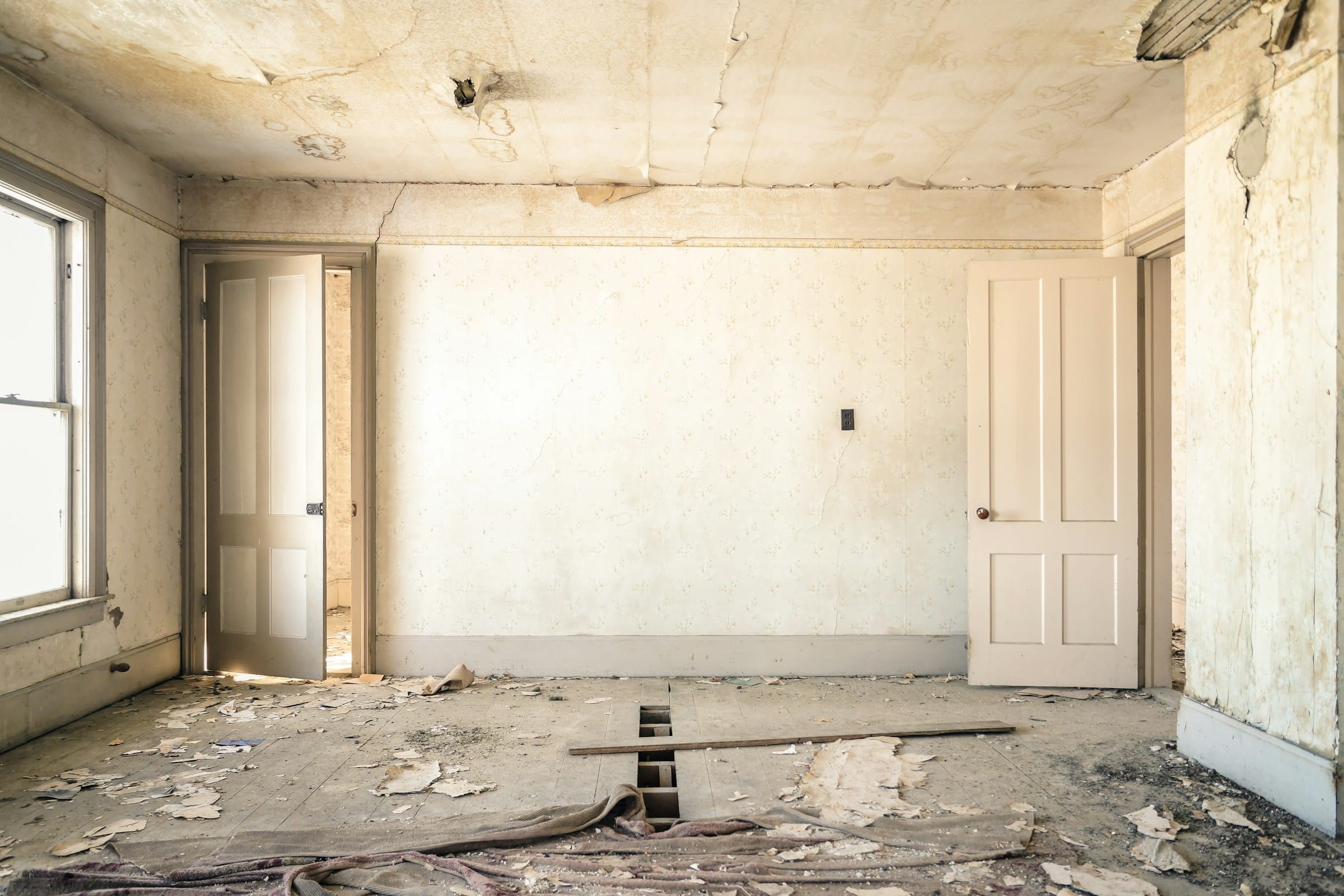What Are the Best Practices for Adaptive Reuse of Abandoned Factories into Residential Spaces?

As the world is increasingly focusing on sustainable development, the adaptive reuse of buildings has emerged as a significant trend in the realm of architecture and housing. Rather than demolishing old structures and constructing anew, adaptive reuse breathes new life into existing edifices, particularly those with historical significance. This process not only retains the architectural charm and heritage of the old constructions but also reduces the resources used in new construction, thus promoting environmental sustainability.
One such application of adaptive reuse is the transformation of abandoned factories into residential spaces. This article will delve into the best practices that can be adopted for successfully implementing such adaptive reuse projects.
A lire également : What Are the Financial Advantages of Commercial-to-Residential Conversions in Post-Pandemic Cities?
Understanding the Potential of the Building
Before initiating any adaptive reuse project, it is crucial to understand the potential of the existing structure. Every building, especially those with historical significance, has its unique architectural charm. A comprehensive understanding of the building’s design, materials used, and structural integrity can guide the conversion process to ensure that the new design retains the old’s soul while accommodating the new functions.
For instance, if the factory building features high ceilings and large windows, these elements can be preserved to allow natural light into the living spaces and create a sense of spaciousness. Similarly, the building’s original brickwork or wooden beams can be incorporated into the new design to maintain the historical appeal.
En parallèle : How Can Social Impact Investing Transform the Real Estate Landscape?
Incorporating Sustainable Practices
Adaptive reuse projects are inherently sustainable as they reduce the need for new construction materials and energy. However, additional sustainable practices can be incorporated to enhance the environmental friendliness of the project.
Energy-efficient designs, such as natural ventilation and solar panels, can be incorporated to reduce the energy requirements of the housing units. Similarly, water-saving fixtures and rainwater harvesting systems can be installed to conserve water.
The materials used in the construction should also be sustainable. Recycled materials can be used wherever possible, and any waste generated during the construction process should be minimized and responsibly disposed of.
Obtaining Community Support
For any adaptive reuse project to be successful, it is vital to have the support of the local community. The conversion of a historic building can often be a sensitive issue, especially if the building holds sentimental value for the community. Therefore, it is essential to engage with the community at the early stages of the project and keep them informed about the plans and progress.
Public consultations can be organized to gather feedback and opinions from the community. This not only helps to build trust and garner support but also provides valuable insights that can be incorporated into the design.
Ensuring Affordability and Accessibility
Adaptive reuse projects have the potential to provide affordable housing solutions. By reusing existing structures, the construction costs can be significantly reduced. This cost-saving can be passed on to the residents, making the housing units more affordable.
However, affordability should not come at the expense of comfort and accessibility. The design should ensure that the living spaces are comfortable and well-equipped with essential amenities. Moreover, the building should be accessible to people of all ages and abilities. Ramps, lifts, and other accessibility features should be incorporated into the design to cater to people with mobility issues.
Preserving the Historic Character
One of the main reasons for adopting adaptive reuse is to preserve the historic character of the building. While it is essential to modernize the building to meet the current standards and requirements, care should be taken to retain the original architectural elements that define its historic character.
The use of modern materials and technologies should be balanced with the preservation of historic materials and craftsmanship. If the original materials are deteriorated and need to be replaced, similar materials should be used to maintain the historic aesthetic.
In conclusion, adaptive reuse of abandoned factories into residential spaces offers a sustainable and innovative solution for housing needs. By following these best practices, such projects can successfully provide comfortable and affordable living spaces while preserving the architectural heritage and promoting environmental sustainability. Furthermore, by involving the community in the process, these projects can also contribute to community development and social cohesion.
Considering the Impact on Real Estate Market
In the adaptive reuse of abandoned factories, it is crucial to consider the possible impact on the local real estate market. Besides being a practical solution to the lack of housing, reuse projects can significantly contribute to the value and dynamism of a neighborhood.
An abandoned factory turned into a residential space can attract attention and stimulate interest in the area. The uniqueness and historical charm of such spaces are often appealing to many potential residents, thus increasing the demand for housing in the area. It is important to note that adaptive reuse can have a ripple effect on the real estate market. When an abandoned factory is successfully transformed into a residential space, it can inspire similar projects in the area, contributing to the overall revitalization of the neighborhood.
Moreover, the incorporation of sustainable design elements in the reuse project can also make the property more attractive in today’s market where eco-friendliness is highly valued. Features like energy-efficient appliances, rainwater harvesting systems, and the use of recycled materials not only make the building more sustainable but also add to its market appeal.
However, the potential impact on the real estate market should not overshadow the social and environmental goals of the project. While it is essential to ensure the project’s financial viability, the focus should remain on providing affordable housing, preserving historical buildings, and promoting sustainable practices.
The Role of Government and Regulatory Bodies
The success of an adaptive reuse project often depends on the support and cooperation of government and regulatory bodies. These entities can provide financial incentives, streamline the permitting process, and offer technical assistance to facilitate the reuse of existing buildings into residential spaces.
Many cities have recognized the benefits of adaptive reuse and have implemented policies to encourage such projects. These policies may include tax incentives, grants, or low-interest loans for developers who undertake adaptive reuse projects. These incentives not only make such projects financially viable but also send a strong signal about the city’s commitment to sustainable development and historic preservation.
Regulatory bodies also play a crucial role in ensuring the safety and quality of the converted spaces. They oversee the compliance of the project with building codes and standards to ensure that the finished product is safe for residents.
In conclusion, adaptive reuse is a practical and sustainable approach to meeting housing needs, preserving heritage, and revitalizing neighborhoods. The successful adaptive reuse of abandoned factories into residential spaces requires a careful understanding of the building’s potential, the incorporation of sustainable practices, maintaining affordability and accessibility, the preservation of historical character, careful consideration of the impact on the real estate market, and the support of government and regulatory bodies. Through these best practices, adaptive reuse can breathe new life into underutilized spaces and contribute to the creation of vibrant, sustainable communities.
